Gum Disease Treatment in Carmichael, CA
HOME / GUM DISEASE
Receiving Effective Periodontal Disease Treatment
Formally known as periodontal disease, gum disease is a very common dental condition which may remain unnoticed for quite some because it does not cause any pain or discomfort. Your dentist will be able to spot it early on if you have regular dental exams. This is one of the greatest values of maintaining a regular schedule of visits to your dentist.
Find out more about the condition and how our team of experienced and caring specialists can help you prevent it or treat it when it occurs. If you are to protect the health of your teeth and gums, it is vital to receive treatment for this problem as soon as it is noticed.
Understanding Gum Disease
This condition is characterized by the separation of the gum from the tooth. What does this mean? Your gums should grow tightly around each tooth. There should be virtually no space available in which bacteria can thrive and multiply. Perhaps your dentist or a hygienist has, at one time, measured the depth of any openings between your teeth and your gums. When your gums are very healthy, there should be no pockets measuring more than two or three millimeters. This is roughly a tenth of an inch.
When these pockets become deeper, bacteria gather in these areas. The increase in bacteria gradually begins to infect your gums. These deepening pockets are caused by the building up of plaque—a film which forms on the teeth, contains bacteria and is not visible to the naked eye. Daily brushing and flossing is vital to keep a buildup of plaque to a minimum.
Daily brushing and flossing will not remove all of it, however. It is necessary to get your teeth cleaned professionally at least twice a year. When you are in a dentist’s office, a hygienist will remove hardened plaque deposits from hard-to-reach corners. Plaque changes into a hard, chalky material when it has a chance to sit for a long period. Hardened plaque is referred to as
tartar
or
calculus. This is the solid material your hygienist scrapes off your teeth during your visits for preventative dental care.
Your hygienist will then give your teeth a final polish to remove all possible remnants of tartar. Your teeth and gums have their very best chance of staying healthy, decay-free and gum disease-free when these cleanings are done on a regular schedule. A good dentist will have their staff remind you when it is time to come in for further dental care so you can arrest any gum disease that might show up.
Identifying Gum Disease
The first stage of periodontal disease is referred to as gingivitis. You may realize you have gingivitis if you notice:
- Sore, red areas in your gums
- Your toothbrush is pink with a little blood after you brush your teeth
- You spit a little blood after brushing your teeth
- There is blood on your floss after flossing your teeth
- Your gums bleed when you are having them cleaned at the dentist’s office
Gingivitis is a fairly mild condition and can usually be gotten under control by ensuring that you are getting your teeth cleaned on a regular schedule and that your at-home regimen is good. Your hygienist can advise you on the best way to brush, the best kind of toothbrush to use and how to floss properly. If you follow their instructions and do not skip caring for your teeth morning and night, you may be able to overcome gingivitis.
Without good care, gingivitis can progress into periodontitis. Some of the symptoms of periodontitis are similar to those of gingivitis, but more severe. For example, there will be more red, sore areas and they will hurt more. When you brush your teeth, the bleeding will be more severe.
In addition, you could notice these symptoms:
- Overall, gums are bright red, dark red or purplish
- Gums may be generally tender wherever they are touched
- You may suffer from persistent bad breath
- You could have pus coming from some areas of your gums
- Some teeth could be loose
- Gums will start to recede
- Your bite (the way your upper and lower teeth meet) could change
At this point, it is vital to get proper gum disease treatment before your underlying bone structure can be seriously damaged. If periodontitis is not treated promptly, teeth may become loose because the bone that supports them has been damaged. Ultimately, all the teeth could become so loose that they have to be extracted. At this point, of course, the only solution is dentures. To avoid loss of your teeth, seek treatment as soon as you notice signs of periodontal disease.
What Can Be Done To Treat Gum Disease
As mentioned above, gingivitis can normally be treated with an improved at-home care regimen and regular professional cleanings. When gum disease has progressed to periodontitis, the treatment needs to be deeper and more thorough.
It’s vital to clean out the pockets that have formed and stimulate the gums to once again adhere tightly to the teeth. This improvement is accomplished through a procedure called
scaling and root planing.
The tartar below the gumline must be cleaned away, a process called
scaling. And the roots of the teeth must be smoothed so that there are no rough or uneven areas in which bacteria can take up residence. That action is called
root planing.
Before this process begins, the gums will be thoroughly numbed. After this procedure is done, your dentist will monitor healing to ensure that the gums are growing tightly to the gums once again. Your dentist may ask you to use an antibacterial rinse or oral antibiotics until healing is complete.
If gum disease has damaged or destroyed gum tissue, laser gum surgery may be needed to repair the damage. By treating gum disease when it is in the early stages, these more advanced treatments will never be needed and you do not need to risk losing your teeth.
It is worth mentioning that gum disease can affect your plans to receive other dental care. If you are planning to receive cosmetic dentistry, your dentist will want to ensure that your teeth and gums are healthy before beginning that care. Also, if you need any dental bridges to replace missing teeth, completing this treatment helps preserve the health of your gums. Having a bridge in place keeps other teeth from shifting into the empty space. As the teeth shift, the gums around them can become looser, giving bacteria places they can grow. If you need dental bridges, it is recommended that you complete this treatment as soon as possible.
Best Dentist in Carmichael
To eliminate gum disease in Carmichael, CA, you need an expert gum disease dentist. For skilled gum disease treatment, consult with Dr. Gurkamal Sandhu at her office at 6600 Madison Ave #5, Carmichael, CA.
The professionals at Carmichael Smiles provide general, cosmetic, restorative and emergency dentistry services for the residents of Folsom, Granite Bay and Carmichael. Dr. Gurkamal Sandhu takes a personal interest in every one of her patients. From the youngest to the oldest, Dr. Sandhu provides education, preventative care and thorough examinations to help prevent gum disease from ever starting.
Dr. Sandhu’s extensive education and experience enable her to treat cases of gum disease, even if they have become advanced. With such tools as scaling and root planing or laser gum surgery, she can help you return to excellent oral health.
If you notice any signs of gingivitis or periodontitis, Dr. Sandhu will work closely with you and her staff to restore your gums to complete health. When you work with Dr. Sandhu, you can get the treatment you need to save your teeth in a friendly, comfortable environment.
Please call (916) 966-9017 to get answers to your questions or to schedule an appointment.



